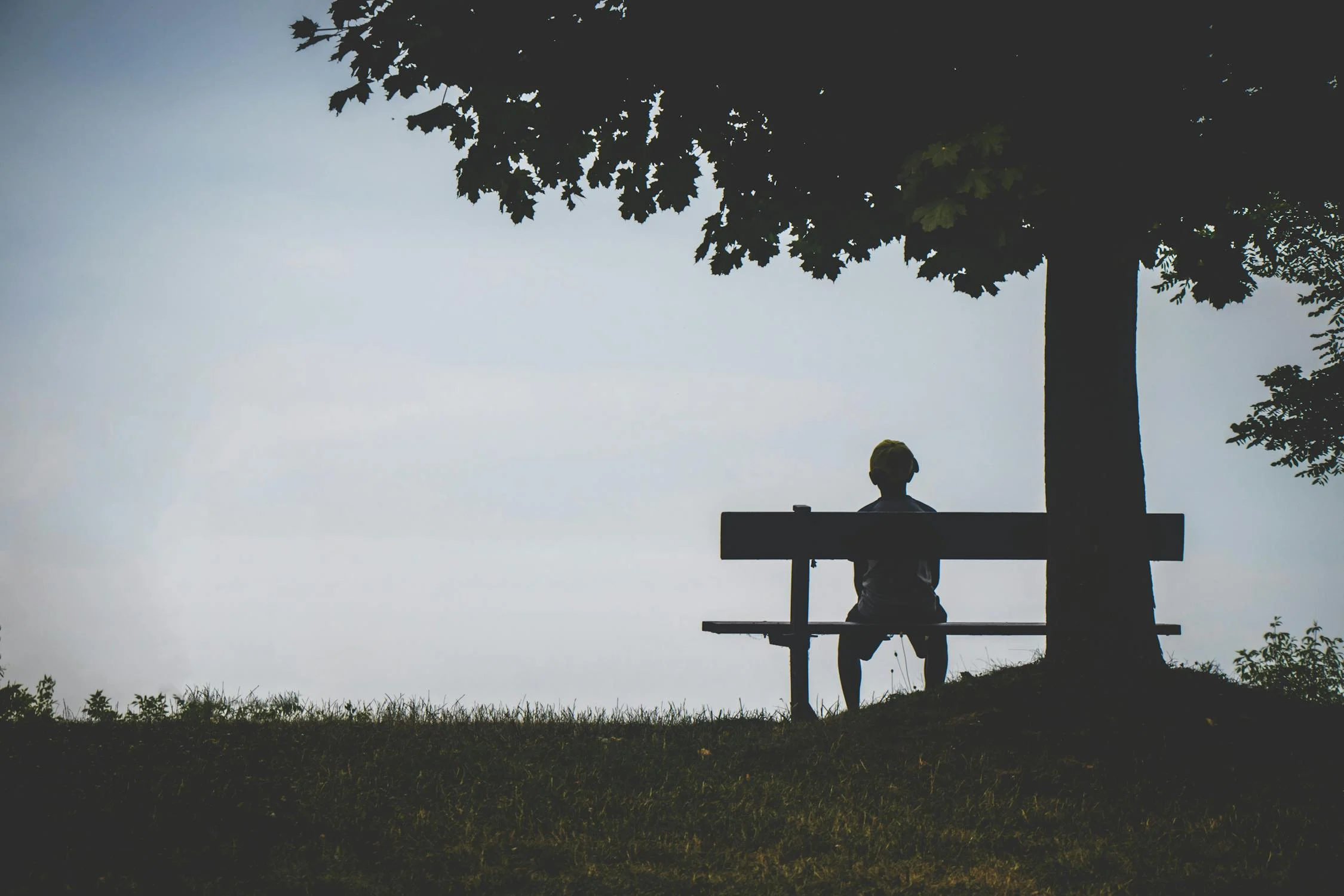
Healing Loneliness: The Journey Inward
Part 3 of the Loneliness Series
In the previous parts of this series, we spoke extensively about understanding loneliness—its roots, its layers, and how it shows up in our lives. Now, let’s talk about something just as important: how we overcome it.
Different people would’ve resonated with different aspects of the earlier posts—some with the emotions, others with the coping mechanisms or causes. But one truth remains consistent across all experiences: half the healing lies in understanding, and the other half lies in integration.
Where Does Healing Begin?
Yes, there are many ways to address loneliness—meeting new people, joining communities, spending time with loved ones. All of these matter.
But just as important, if not more, is spending time with yourself.
That can look different for everyone, and let’s be clear: there’s nothing wrong with longing for connection. But if in that pursuit we abandon ourselves, no external relationship will ever fill the void that internal abandonment leaves behind.
The balm to loneliness doesn’t come from finding someone else. It comes from making peace with your own company, whether or not there are people around you.
Is It Loneliness or Is It Freedom?
While writing this article, I came across a quote from a therapist:
“You come home, make some tea, sit down in your chair, while all around there’s silence. Everyone decides for themselves, whether that’s loneliness or freedom.”
That line really stayed with me.
Some saw it as loneliness, others as freedom. Why the difference?
I believe those who saw it as freedom had something many others don’t—a safe space within themselves. A space where they can rest, express, breathe, and just be.
It’s Not Just an Introvert Thing
People often tell me, “Introverts are okay being alone. Extroverts can’t handle it.” But in my practice, I’ve found that’s simply not true.
I’ve seen introverts experience deep loneliness. I’ve felt it myself too. For a long time, it was my biggest fear—this haunting sense that I’d always be alone, always misunderstood.
That fear pushed me from one relationship to another—desperately searching for someone to:
-
Fill the void inside me
-
Provide love I couldn't give myself
-
Understand how emotionally hard life felt for me
As an only child, I craved siblings. I longed for emotionally present parents. I ached for lifelong friendships and a partner whose world revolved around me.
Recognising Codependency
It was during this period that I realised, through my work, that what I was experiencing aligned with codependency.
In such cases, people often struggle to function emotionally without constant connection—even if that connection is toxic or one-sided. When someone is deprived of emotional safety for a long time, the brain begins to equate any connection with survival, regardless of how healthy or unhealthy that connection may be.
It’s a cruel irony: we crave connection, but end up clinging to people who cannot or will not meet our emotional needs. And every time we chase that connection, we move further away from ourselves.
The Cycle of Self-Abandonment
This creates a vicious cycle:
-
We feel lonely
-
We look outward for relief
-
We settle for insufficient or harmful connections
-
We feel even more alone
-
We blame ourselves and try harder
And so, the cycle repeats—deepening our sense of self-abandonment in the name of seeking connection.
The Way Out Is Inward
To break this cycle, we have to stop looking only outward.
External relationships should enhance our lives, not complete them. The foundation—the relationship that determines our sense of wholeness—must come from within.
Otherwise, we start compromising:
-
Our boundaries
-
Our needs and expectations
-
Our goals and dreams
-
Even our other healthy relationships
We become shells of ourselves—hollow, dependent, constantly looking for someone to pour into us because we haven’t learned how to pour into ourselves.
Healing means rebuilding from scratch:
-
Who am I really?
-
What do I like and dislike?
-
What are my boundaries and non-negotiables?
-
What are my needs, and how do I meet them?
-
Who is my number one priority?
I’ll tell you my answer to that last question:
It’s me.
My physical, mental, emotional, and financial well-being comes first. And everything else follows from there.
What Are You Healing For?
Another interesting pattern I’ve noticed in my work is this:
Even when clients commit to healing—doing the journaling, setting boundaries, working on self-worth—their intention still often comes from the same place.
They believe:
“If I heal myself, maybe then I’ll finally attract the love I’ve been waiting for.”
And while that’s understandable, it’s also flawed.
Healing is not a strategy to find someone.
It’s a journey to find yourself.
When we use healing as a way to become more loveable to others, we risk losing ourselves again—moulding our growth around the possibility of future connection.
Instead, the goal should be to heal for you—to build self-esteem, self-worth, and internal safety so deeply that even if a connection doesn’t come, you are still whole.
Because the most important relationship you’ll ever have—is the one with yourself.
Will Be Continued...
If you or someone you know is struggling with loneliness or emotional disconnection, please consider reaching out to our ‘Support’ and ‘Engage’ verticals. Help is affordable, inclusive, and available.
Like our content? Please support us by sharing and up-voting.
Image Credits: Pexels.com
